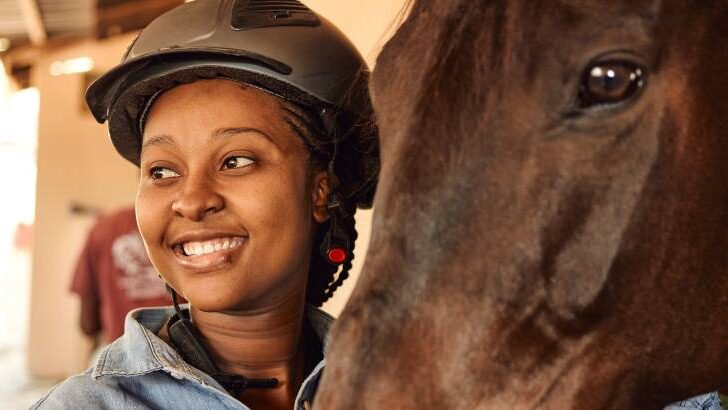Affiliate Disclaimer
As an Amazon Associate I earn from qualifying purchases. It helps me keep the website going. Thank you for your support.
Horses are amazing animals, and many equestrians dream of having one to call their own. However, buying and owning a horse can be expensive and time-consuming and this is why leasing a horse has become a popular option. There are several different types of horse leases available, each with its own benefits and drawbacks.
Different Types of Horse Leases
Here are some of the options open to you:
Full Horse Leases
A full lease is the most comprehensive type of horse lease and is very similar to horse ownership. With a full lease, the lessee (or rider) takes full responsibility for the horse’s care and expenses. This includes boarding, feed, vet bills, and farrier expenses.
In exchange, the lessee has exclusive access to the horse and can use it for any purpose they wish, including competitions and shows. The lessee also has complete control over the horse’s training, with the ability to customize the training program to their liking.
Full leases are typically the most expensive type of lease, but they provide the most control and flexibility.
It is important to note that not all full leases offer complete discretion on which disciplines a horse can be used for. A lease agreement may specify the owner’s preferred disciplines that their horse is used for. The same applies to all types of leases.
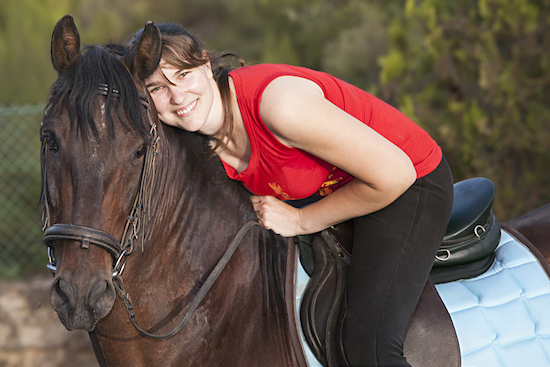
Half Horse Leases
A half lease is a shared lease between two people. With a half lease, the horse is typically available for use for three or four days per week, with the other half of the week reserved for the other lessee. The cost of the lease is typically split between the two lessees, making it a more affordable option than a full lease.
With a half lease, the lessee shares responsibility for the horse’s care and expenses, including boarding, feed, vet bills, and farrier expenses.
Half leases can be a great option for those who want more control over the horse’s training and schedule than a quarter lease provides but don’t want the full financial responsibility of a full lease.
Free Leases
A free lease is a type of horse lease in which the lessee does not pay any lease fee to the owner of the horse. Instead, the lessee assumes responsibility for all of the expenses associated with the horse, including feed, veterinary care, and boarding.
Free leases can be a good option for individuals who want to have the experience of owning a horse without the financial commitment of purchasing a horse outright.
It’s important to carefully consider the costs involved in a free lease, as the expenses associated with caring for a horse can be significant. Additionally, it’s important to ensure that the terms of the lease agreement are clear and that everyone understands their respective responsibilities.
With a free lease, it’s also important to consider the long-term commitment of caring for a horse, as the lessee will be responsible for the horse for the duration of the lease.
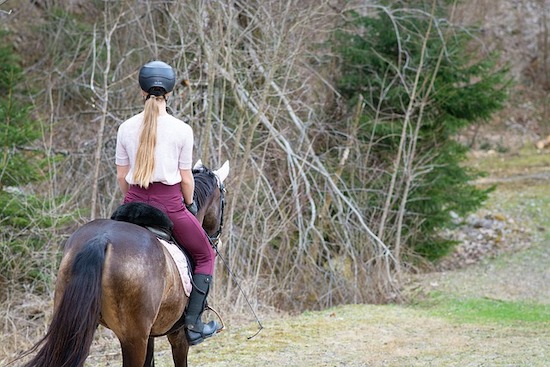
Practice Rides
Practice rides are a type of horse lease in which the lessee is allowed to ride the horse for a set number of hours or days per week.
This type of lease is often used by individuals who want to improve their riding skills or gain experience working with horses, but who may not have the time or resources to commit to a full or partial lease.
Practice rides are typically less expensive than other types of leases, as the lessee is only using the horse for a limited amount of time each week. However, it’s important to note that practice rides may not be available for all horses or in all locations.
If you’re interested in a practice ride, it’s important to discuss your goals and schedule with the owner of the horse to ensure that the terms of the lease are clear and that you and the horse owner are comfortable with the arrangement.
On-farm vs. Off-farm Horse Leases
One of the key differences between an on-farm and off-farm lease is the location of the horse. With an on-farm lease, the horse is kept at the owner’s farm or stable. With an off-farm lease, the horse is moved to a different location, such as a private yard or the lessee’s own property.
On-farm leases can be a good option for individuals who do not have their own property or who prefer to have the horse in a familiar environment.
Off-farm leases, on the other hand, can provide more flexibility and allow for the horse to be located closer to the lessee’s home or riding facilities.
It’s important to consider the location of the horse when choosing between an on-farm and off-farm lease, as this can have a significant impact on the cost and convenience of the lease arrangement.
The Cost of Leasing a Horse
The cost of each type of horse lease can vary depending on a variety of factors, including the location, the level of care required for the horse, and the specific terms of the lease agreement.
In general, a partial lease or half lease will be less expensive than a full lease or a free lease, as the lessee will be sharing the cost of care with the owner of the horse.
A partial lease or half lease may cost anywhere from a few hundred dollars to a few thousand dollars per month, depending on the specifics of the lease agreement. A full lease, which typically gives the lessee exclusive use of the horse, may cost anywhere from a few thousand dollars to tens of thousands of dollars per year.
A free lease, which allows the lessee to use the horse without paying any lease fee, may still require the lessee to pay for some or all of the expenses associated with the horse, which can add up to a significant amount over time.
It’s important to carefully consider the costs of each type of lease before making a decision and to work with the owner to come to an agreement on the specific terms and costs of the lease.
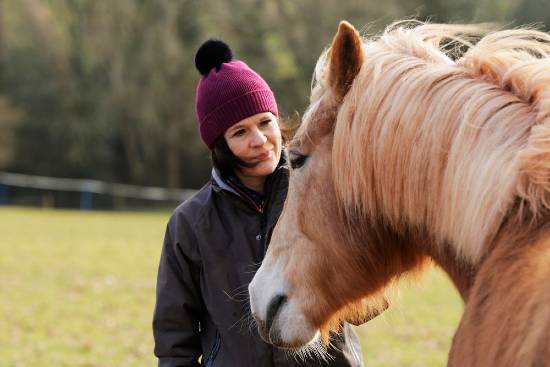
The Process of Leasing a Horse
The process of leasing a horse may vary depending on the specific terms of the agreement. However, some general steps are typically involved. First, it’s important to identify your goals and needs, as well as your level of experience working with horses. This will help you determine what type of lease is best suited for you and ensure that you find a horse that matches your skill level and interests.
Next, you’ll need to locate a horse that is available for lease. This can be done through a trainer or barn owner, or by searching online classified ads or social media groups.
Once you’ve found a horse that you’re interested in leasing, you’ll need to arrange a meeting with the owner to discuss the terms of the lease agreement. This may involve negotiating the lease fee, outlining the responsibilities of each party, and establishing a schedule for riding or caring for the horse.
Finally, you’ll need to sign a lease agreement and provide any necessary documentation, such as proof of insurance or vaccination records. It’s important to carefully review the terms of the lease agreement and ensure that both parties understand their respective responsibilities before signing the lease.
Factors to Consider When Leasing a Horse
Here are some things to bear in mind when you are considering the different types of horse leases.
Experience Level
One of the most important factors to consider when choosing a horse lease is experience level. Those who are new to riding or have limited experience may benefit from a half or quarter lease, as these options can provide more support and guidance from other lessees or the horse’s owner.
Experienced riders may be more comfortable with a full lease, as it allows for more control over the horse’s training and competition schedule.
Horse Personality and Needs
Another consideration is the horse’s personality and needs. Some horses may require more experienced riders or a certain type of training, while others may be more suited for beginner riders. The lessee should consider the horse’s temperament and needs when deciding on a lease, and should communicate with the owner or other lessees to ensure that the horse’s needs are being met.
Location
The location of the horse is another important factor to consider when entering into a horse lease. If the horse is located far from your home, it can be difficult to visit and care for the horse regularly. It’s important to consider the distance from your home and to ensure that you have reliable transportation to the location of the horse.
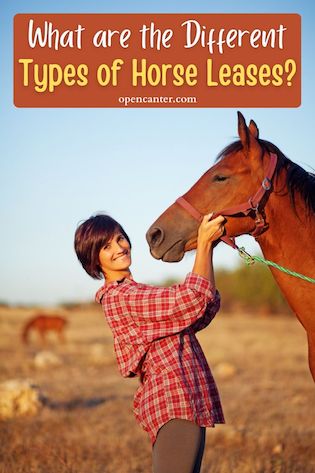
Final Thoughts
Leasing a horse can be a great option for riders who want to enjoy the benefits of horse ownership without the expense and commitment of buying a horse outright. With several different types of horse leases available, it’s important to choose the one that best fits your needs and budget. By following the steps outlined above and communicating clearly with the owner of the horse, you can have a successful and enjoyable horse leasing experience.

